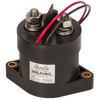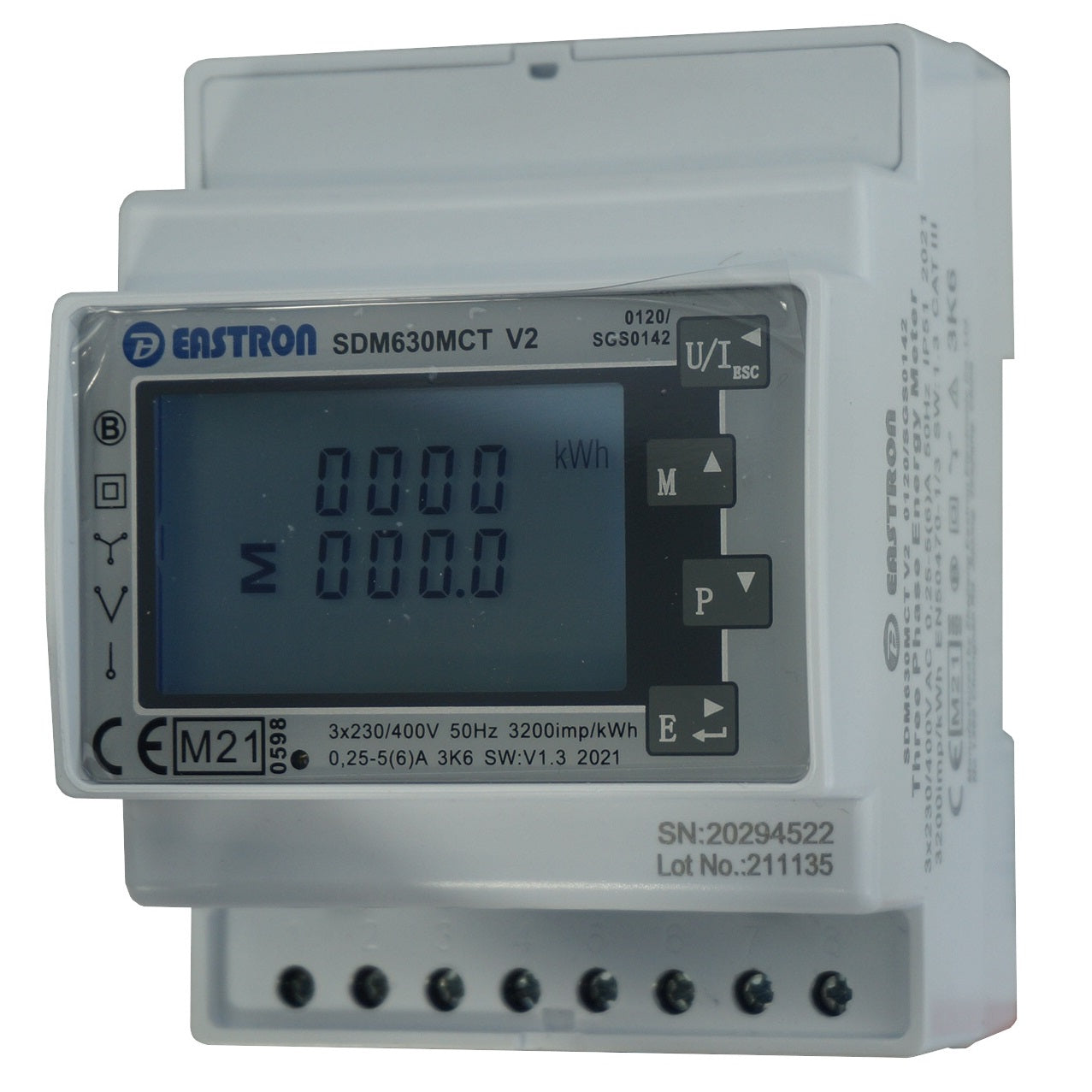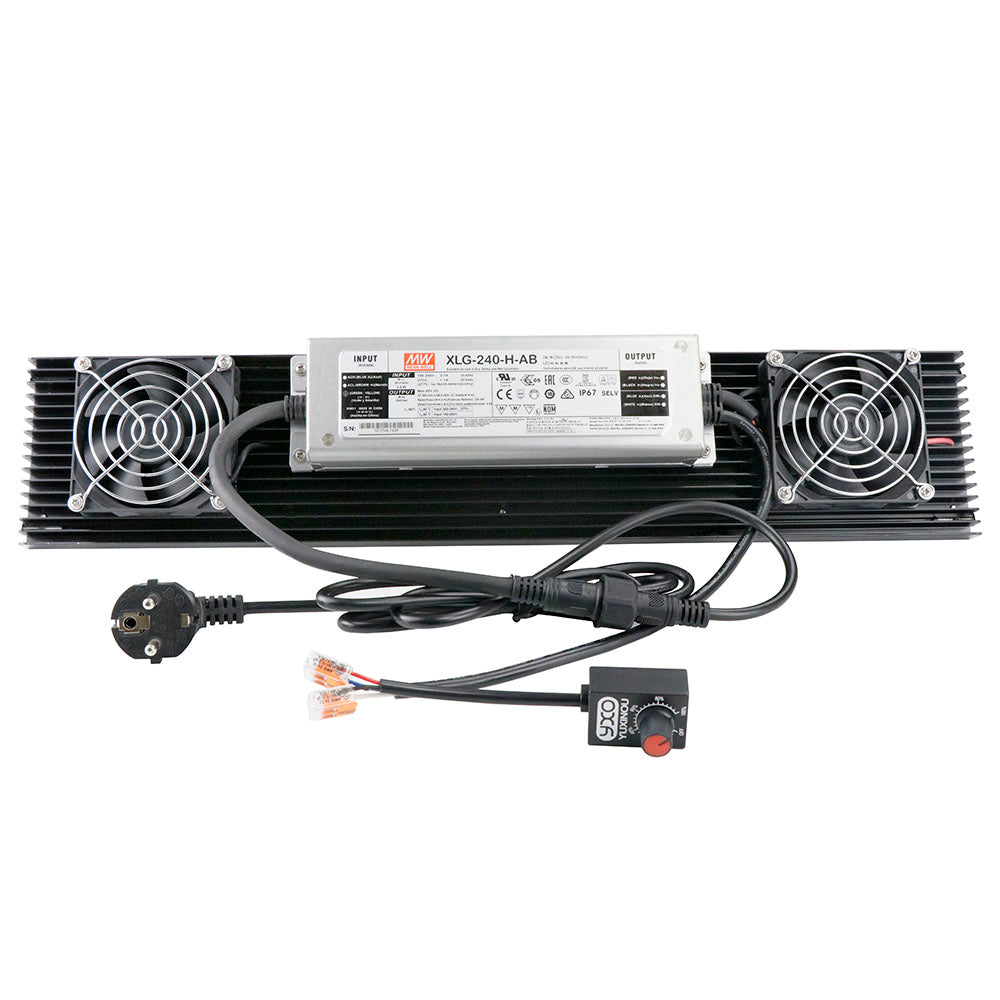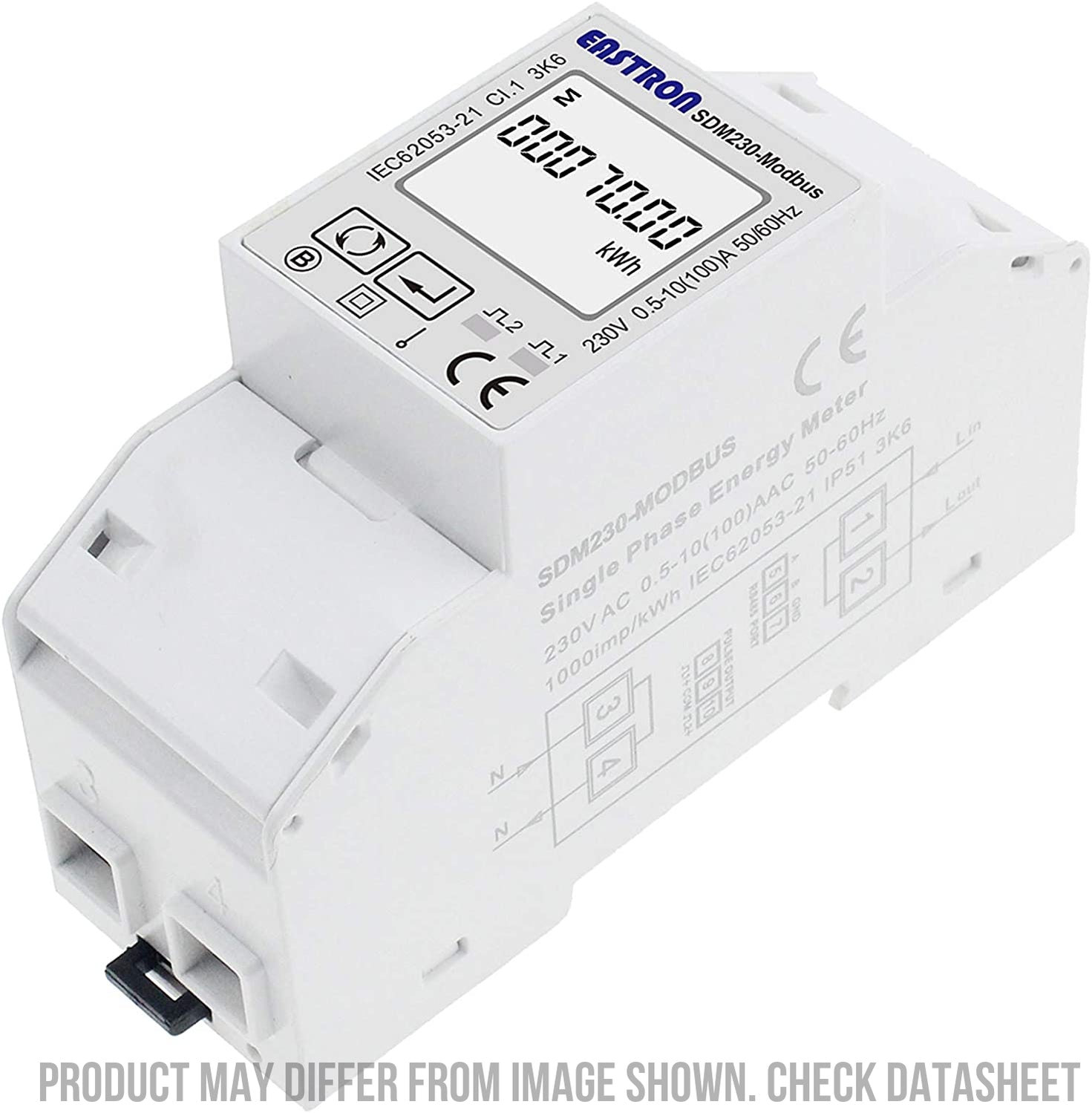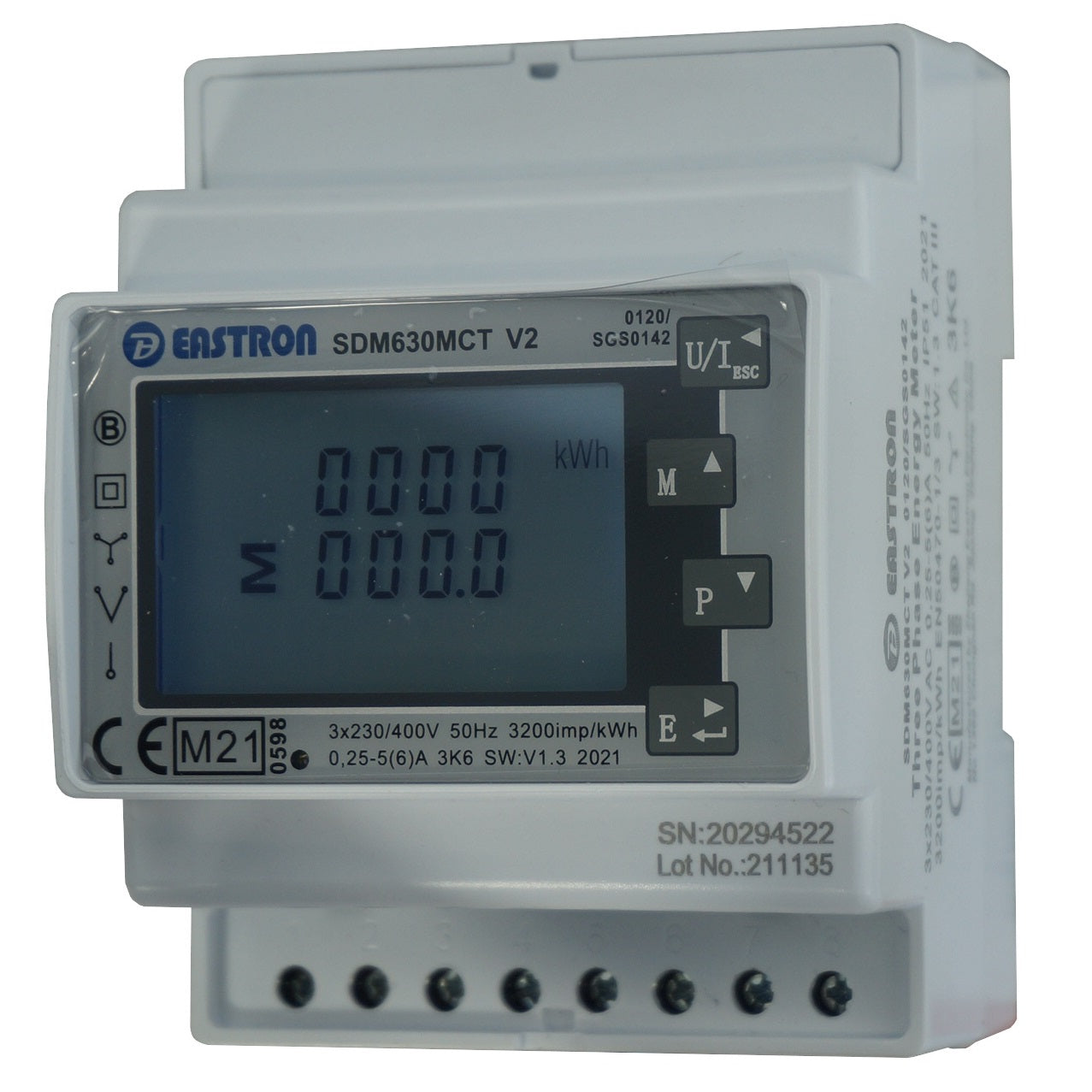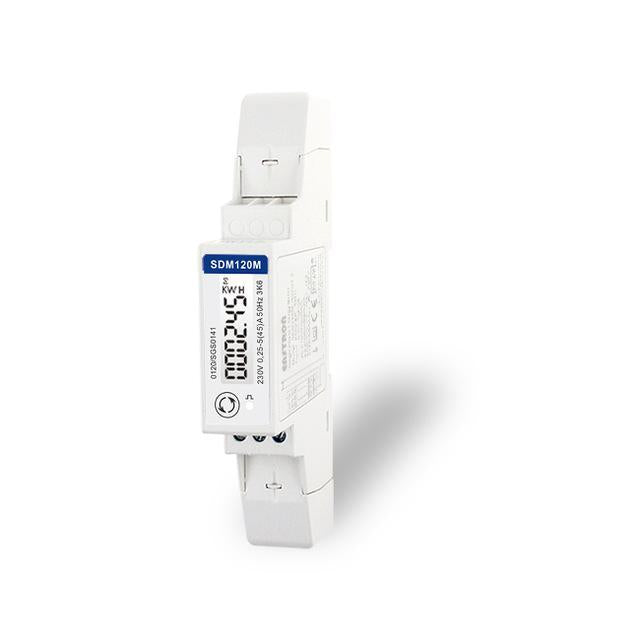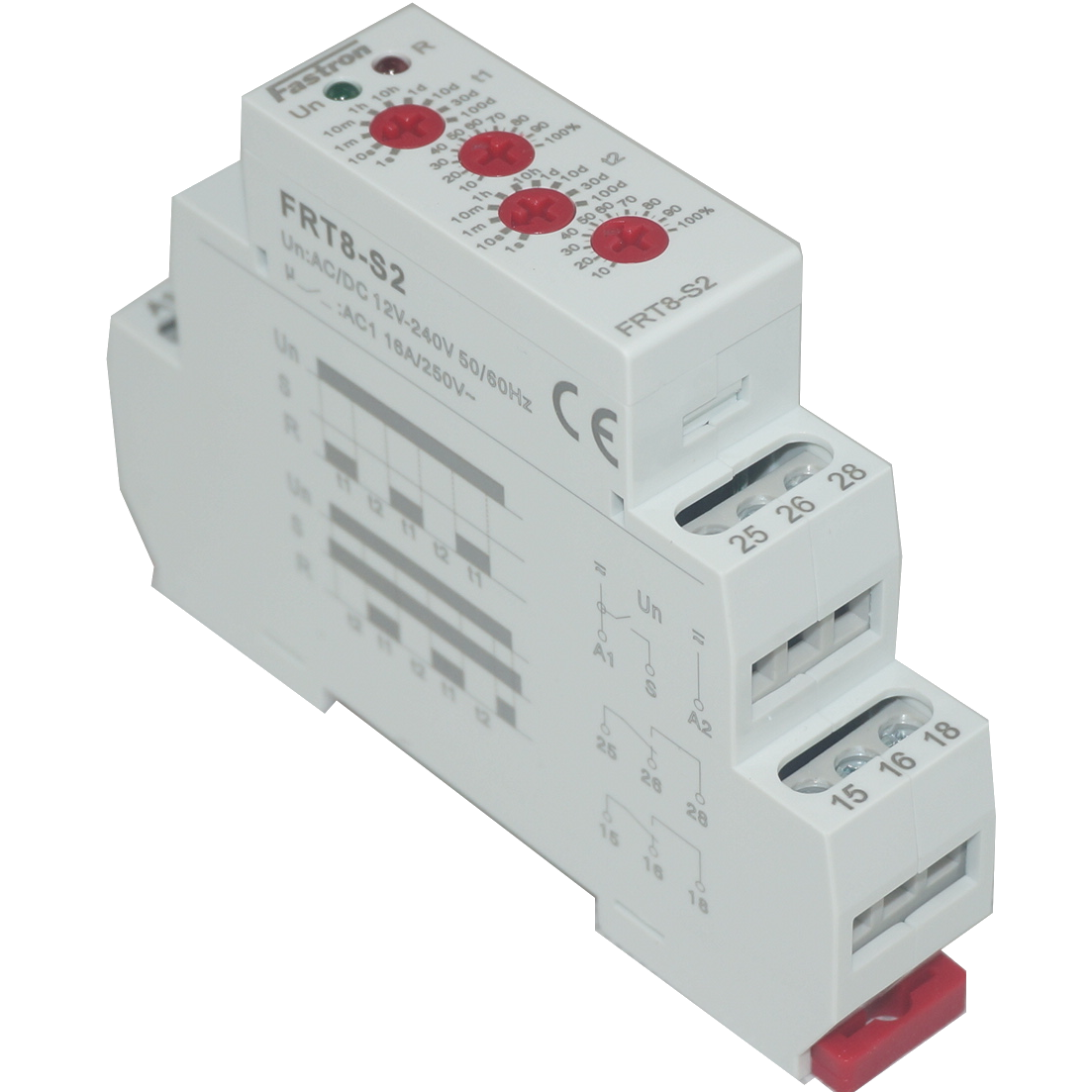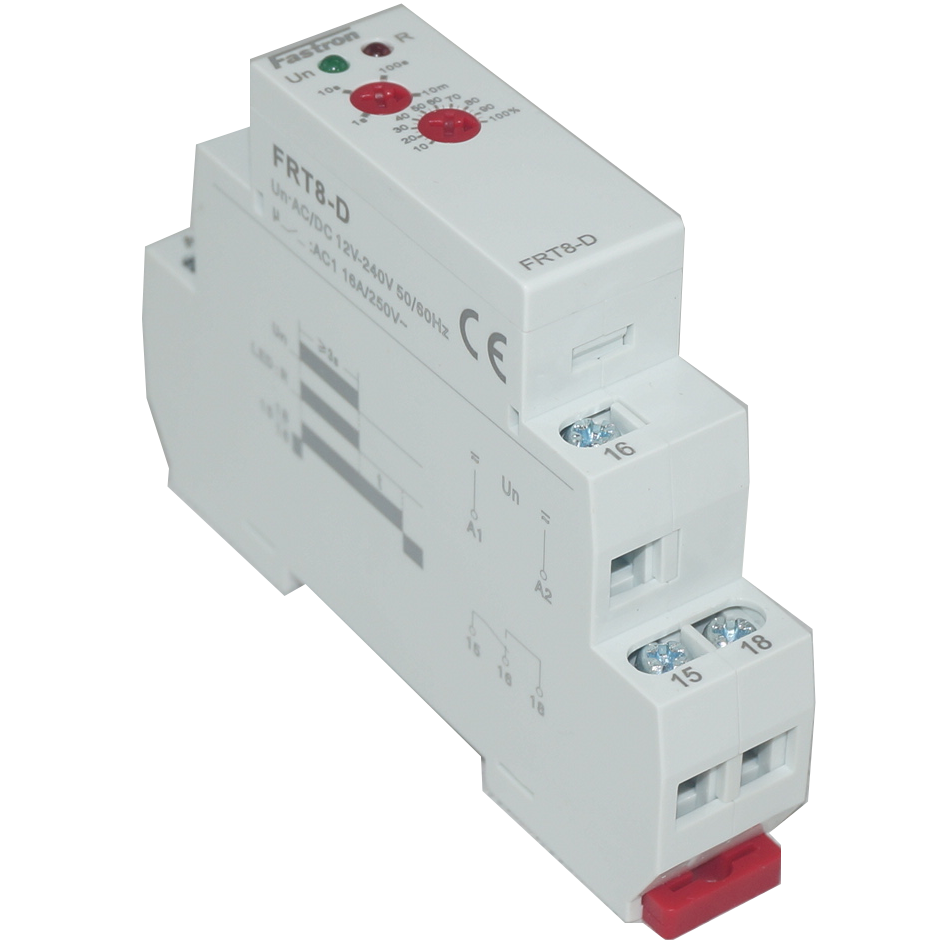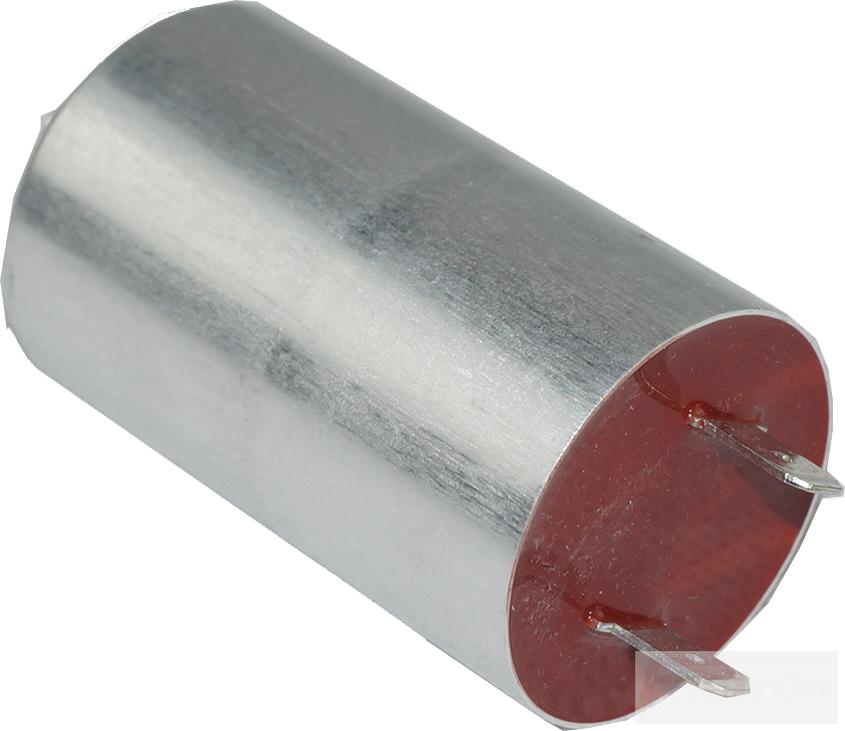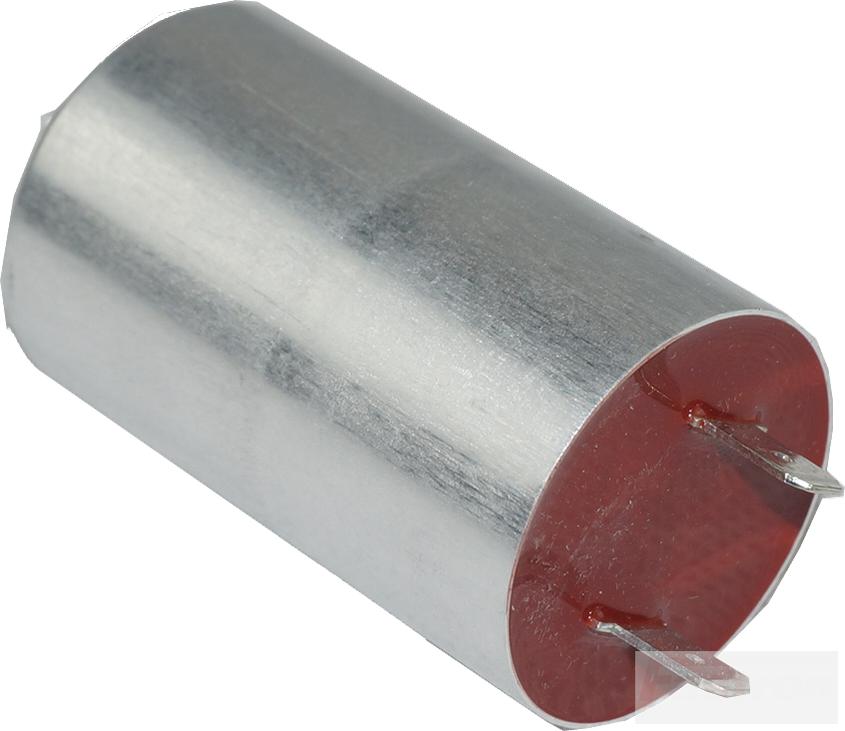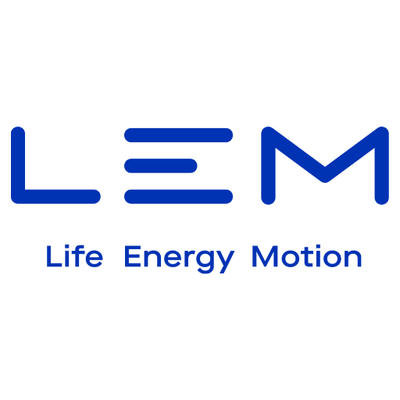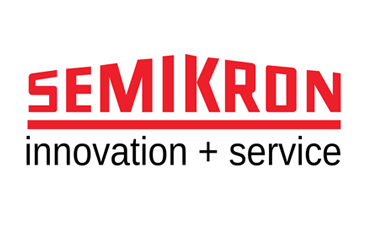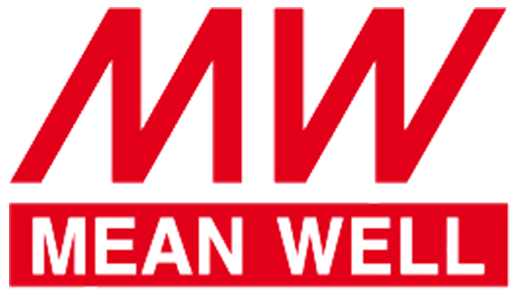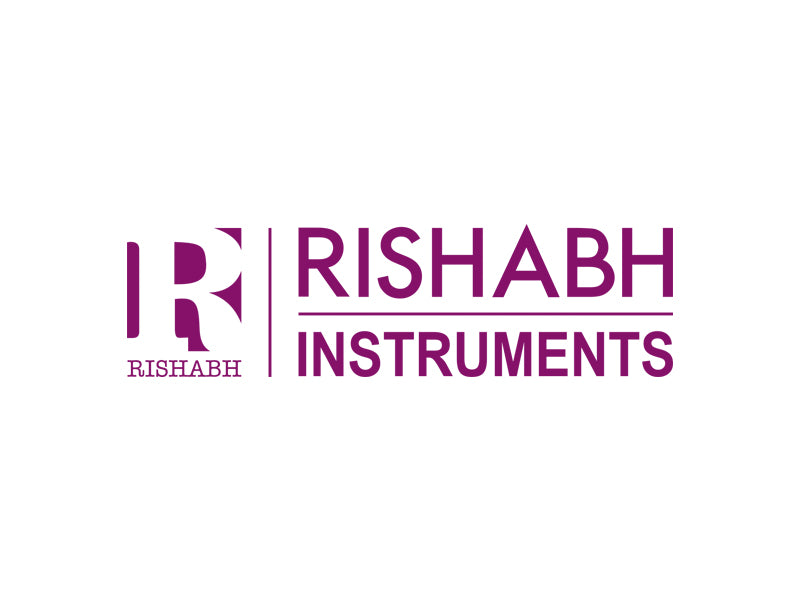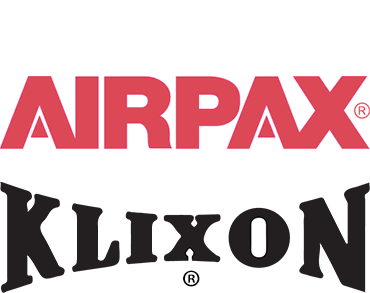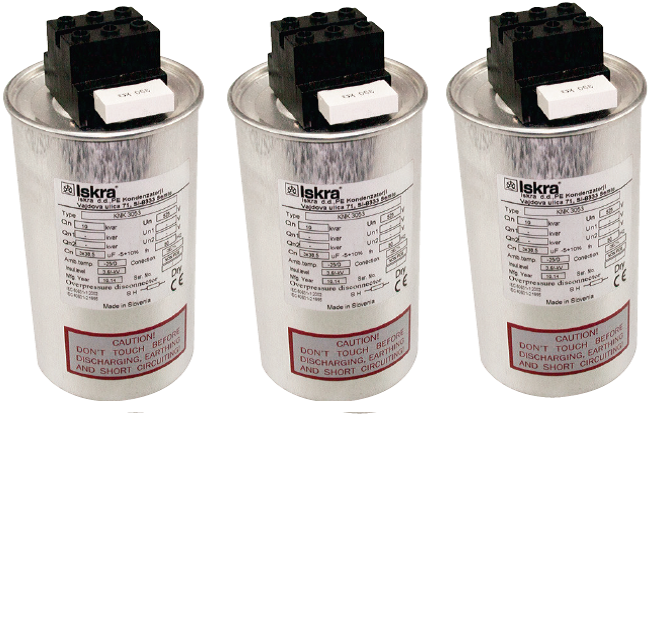
Type of Power Factor Capacitors
Comparing Capacitor Technologies
Three main capacitor technologies used in filling Power Factor Correction Capacitors. Each have their own disadvantages while resin filled are the most poplular.
Nitrogen filled caps
Disadvantages - higher costs and high risk of leaking which causes capacitor failure. They need to be carefully inspected/handles after shipping and during installation, Very difficult to spot leakage, High risk of explosion
Advantages – Light weight, Originally more environmentally friendly than Oil or resin filled(negated over time), Filling of capacitor case is optimised (this advantage is outdated due to improvements in resin in recent years), easier to dispose of or recycle.
Oil Filled Capacitors
Disadvantages- higher costs and high risk of leaking which causes capacitor failure. They need to be carefully inspected/handles after shipping and during installation, large Oil leaks upon failure
Advantages - Filling of capacitor case is optimised (this advantage is outdated due to improvements in resin in recent years), Leakage is clearly visible
Resin Filled Capacitors
Disadvantages – Heavier than Gas filled, Previous generation were fire risk (new types have self extinguishing resin)
Advantages – Low risk of explosion, No leakage, Lower transport and production costs. UL94V0 approved resin
The advantages of Nitrogen and Oil filled types has diminished to the point that we almost always use resin filled nowadays. Some large German brands (Vishay, Electronicon) still use Nitrogen and most can make oil filled types.
Foir resin filled Capaicitors see our wide range of stock here.

